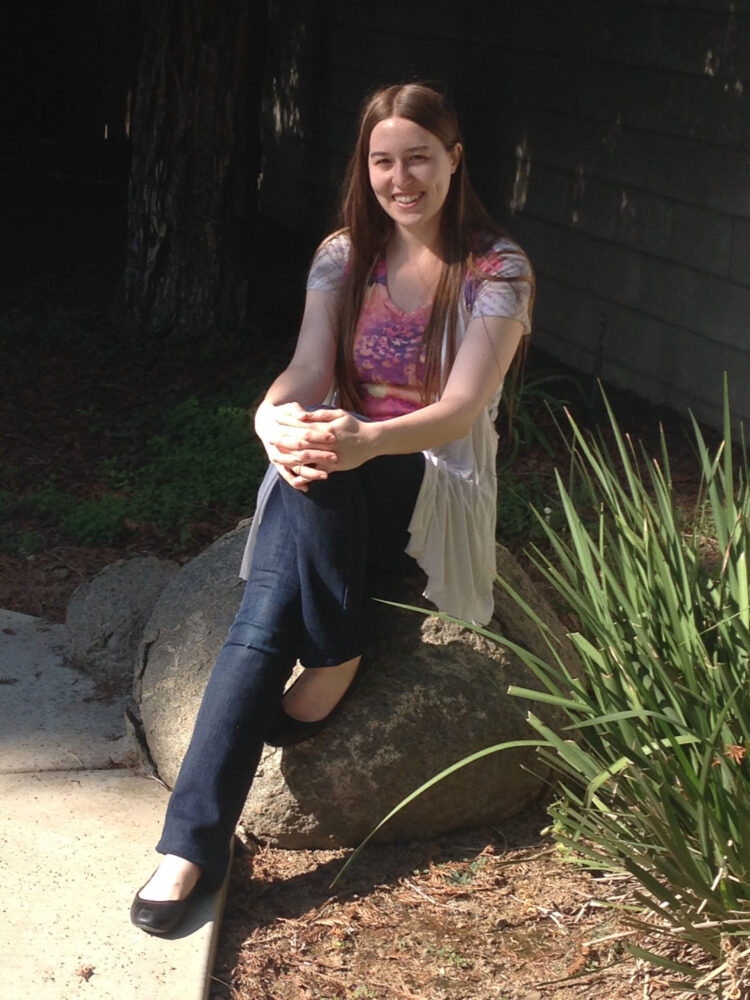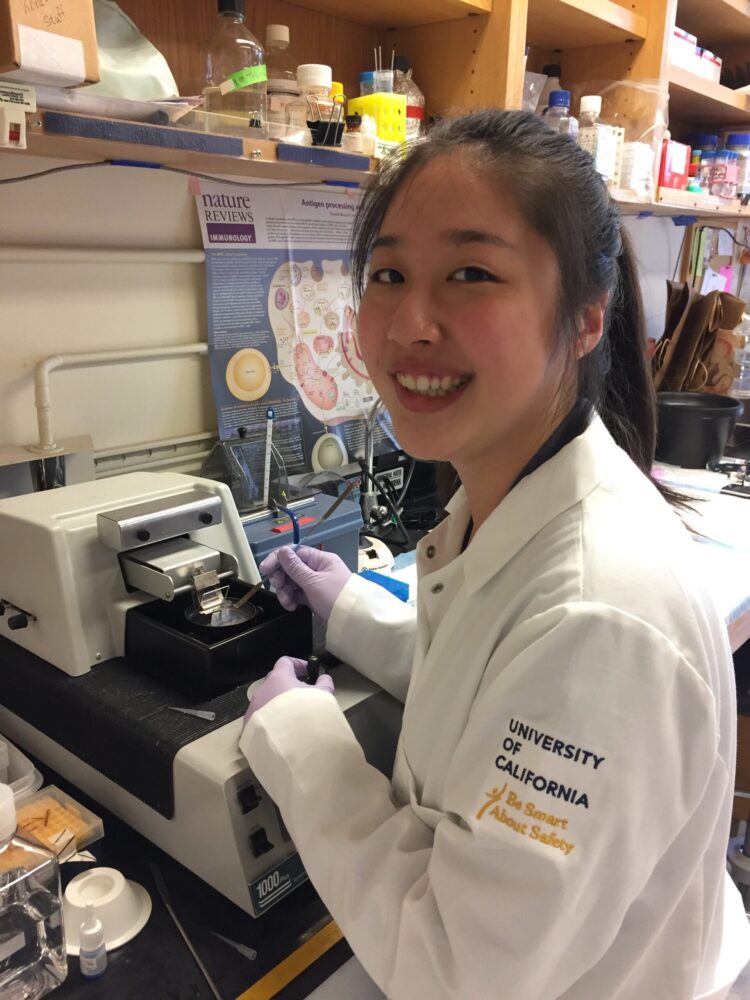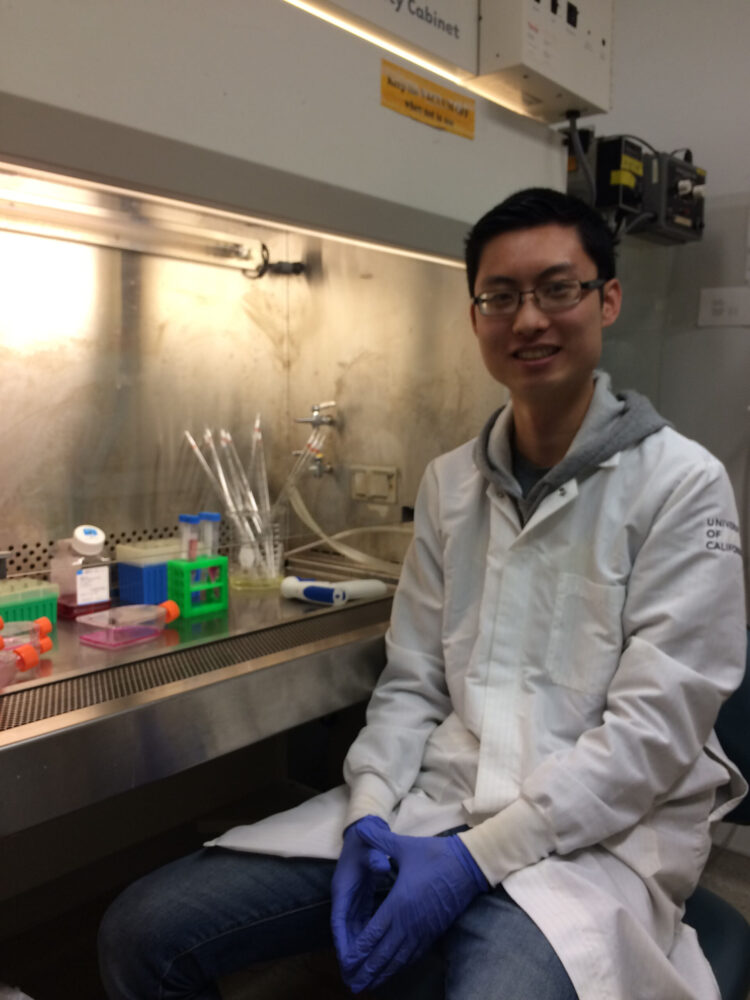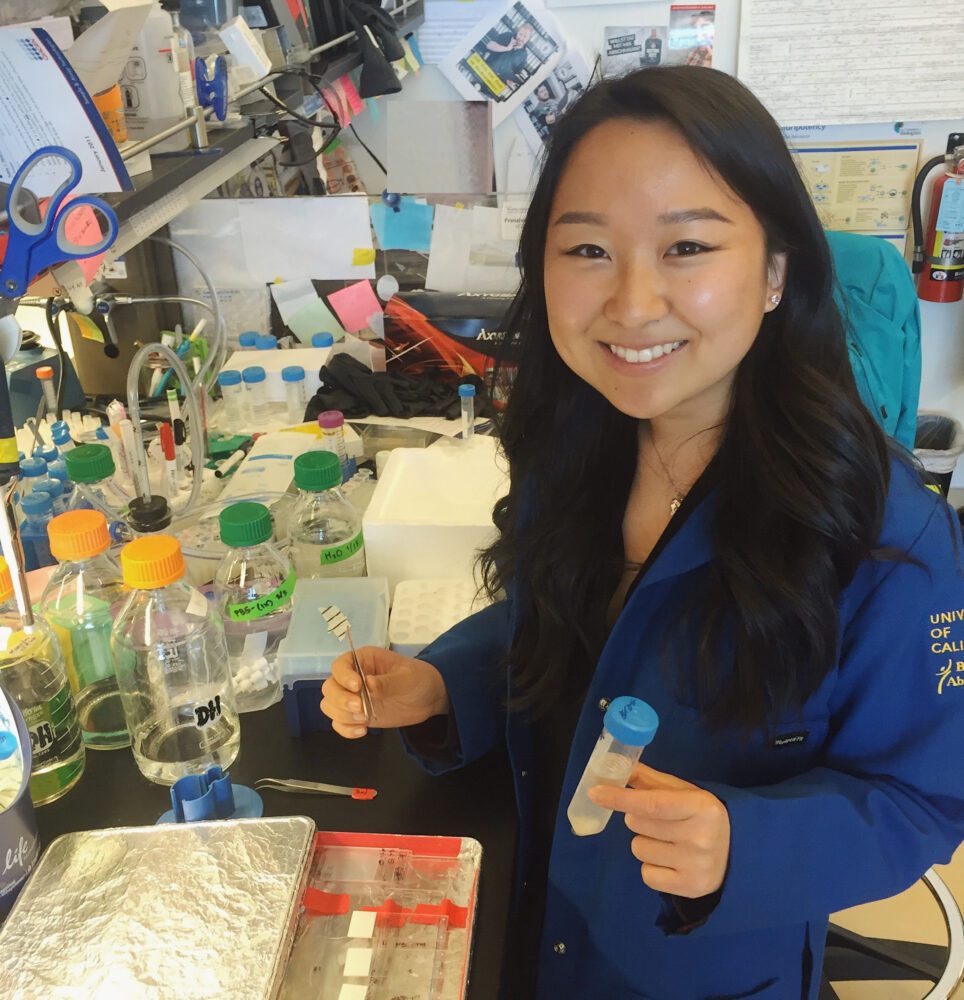Danny Hutto

In the spring of 1932, while attending Long Beach Junior College (LBJC), John Fante published his short story Eleven-Thirty in the campus literary journal, Edda. The story, bursting with cliches, depicts a young man, disappointed in love, at the brink of suicide. Critic David L. Ulin dismisses it as pure juvenilia and mostly overwrought. A few months later The American Mercury published Fantes story, Altar Boy. Aside from sharing Fante as the author, the two stories hardly resembled one another. The variation in the quality of the two stories suggests […]
Jacob Bjorseth

The French New Wave, a cinematic movement which shifted the paradigm of narrative storytelling, was based on an engagement with radical social upheavals. By rejecting the literary, political, and societal standards and expectations of their era, New Wave directors were responsible for groundbreaking representations of modern social issues. In my research project, I am examining the ways in which two particular New Wave directors (Jean-Luc Godard and Agns Varda) interact with and comment on gender roles in their films. Both Godard and Varda employ subversive representations of gender which give […]
Sarah Barnett

There is no doubt that finding a professed author in our surviving Middle English texts is both incredibly valuable and extremely difficult. An author, no matter his or her intentions, often cannot help but bring a rich array of individual complexities into their work. However, when an overwhelming majority of the surviving Middle English poetry we have today is expressly author-less, authorial intention becomes an aspect we can only speculate on without any real confidence. Without a name, the basis for determining many aspects of authorial voice has tended to […]
Tong Zhang
DNA transposable elements are mobile genetic elements that can move through out a host genome by the action of an encoded DNA transposase. The activity of several DNA transposases is significantly stimulated by DNA bending proteins, presumably promoting correct assembly of the transposase upon the DNA transposon ends (i.e. Mu transposase , RAG1/2, etc). While Drosophila P element transposase is well characterized, stimulation of the transposition reaction by DNA bending proteins has not been investigated. Here, I would like to investigate two Drosophila DNA bending proteins, HMGD and HMGZ, on […]
Jaewon (Jenny) Yoon

Some thymocytes, or T cell precursors, have the ability to respond to self-antigens. If these thymocytes were to leave the thymus, they would develop into conventional T cells with the potential to drive autoimmune diseases. To prevent self-reactivity, these cells are often deleted from the repertoire through a process known as negative selection. Some, however, undergo agonist selection, which results in the development of lineages with protective and regulatory roles. One agonist selected lineage is CD8 intraepithelial lymphocytes (IELs). There is little known about what promotes the development of CD8 […]
Chelsey Campillo Rodriguez
For decades, researchers have been experimenting with tools used for neural stimulation, modulation, and therapy. A greatly used and helpful tool includes optogenetics, which utilizes light waves to control cells expressing light-sensitive channels. While optogenetics is not an invasive recording technology, due to its dependence on visible light it cannot penetrate deep into the organisms tissue. The purpose of this project is to develop a wireless method similar to optogenetics which can overcome the issues optogenetics encounters. Rather than using light to manipulate neuronal behavior, an electromagnetic field will be […]
Annika Anderson

Retinitis Pigmentosa (RP) is a set of genetically inherited neurodegenerative disorders that leads to degeneration of photoreceptor neurons and loss of vision. While onset of RP can be detected early, there are currently no treatments to prevent disease progression. Cellular reprogramming is a promising approach to replenishing photoreceptors after retinal degeneration. In zebrafish, Mller glial cells can dedifferentiate and reprogram into photoreceptor cells upon retinal damage. However, this restorative activity of Mller glial cells is limited in mammals. A CAS9 mediated genome wide activation screen offers the potential to identify […]
James Zheng

Melanoma is among the most common and lethal forms of cancer and its incidence has greatly increased in the last 30 years. Long non-coding RNAs (lncRNA) are a class of epigenetic regulatory molecules important to cancer development and progression, and can serve as tumor markers or even targets for therapy. My research is focused on two novel lncRNA important for the survival of NRAS mutant malignant melanoma. I aim to verify the effects of these lncRNA, as well as demonstrate that we can inhibit melanoma cell growth both in vitro […]
Max Lopez

This summer I aim to reconstruct and contextualize the career of the 1970s Afro-Latino funk band WAR, perhaps best known for enduring hits such as “”Lowrider,”” and “”Cisco Kid””, but in the peak of their fame, rebound for their album and title track “”The World is a Ghetto.”” Like many American cities in the mid-1960’s, the Watts neighborhood in LA went up in flames and ignited a battle between residents, activists, artists and political officials to represent and shape low-income urban communities. WAR’s contribution to the era’s soundscape carved out […]
Shannon Wu

Telomere maintenance and protection is performed by the six-protein complex called shelterin. Shelterin defects may lead to telomeropathies like Dyskeratosis Congenita (DC), a rare but severe disease with poor clinical outcomes. Recently, whole exome sequencing studies of DC patients have identified mutations in the gene locus of the shelterin component, TIN2. By establishing a disease model for DC using CRISPR/Cas9-gene edited isogenic human embryonic stem cell (hESC) lines, I aim to investigate how TIN2-DC mutations give rise to disrupted telomere maintenance and DC phenotypes. Specifically, I will elucidate the genetic […]